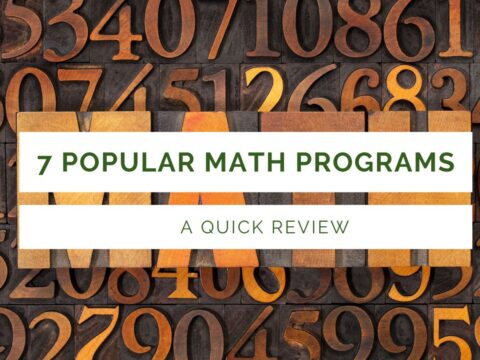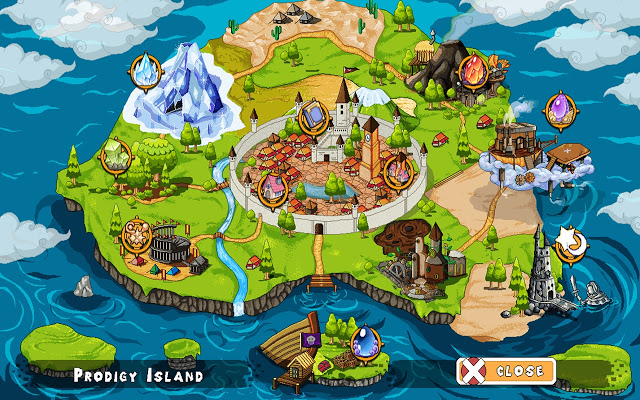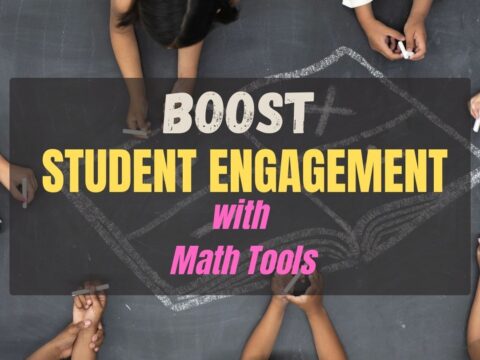Technology has been part of math education for decades, mostly as rote drills and a replacement for worksheets, often to assist in memorizing tables. But it’s grown up since those early days. Check out this article from one of our Ask a Tech Teacher contributors addressing why tech+math are good partners and where that will go in the future:
The Future of Math Education: Integrating Technology in the Classroom
Introduction
In today’s digital age, it is increasingly necessary to integrate technology into the classroom. This inevitable change is particularly true for math education, as interactive math lessons for kids are becoming more commonplace online. Therefore, traditional schools should change their mindsets, adopt tech and adapt it for the classroom or risk getting left behind in the race to enhance students’ math learning experience. But to encourage school administration boards to make this integration, they must first know the advantages of tech in math education.
Benefits of using technology in math education
1. Engages students
Interactive lessons can make learning math more exciting for students. Using technology, teachers can create a more dynamic and interactive learning environment that captures students’ attention and encourages them to participate actively in the learning process. Online platforms for teaching children math already leverage this perk to attract more parents and their kids to homeschooling.
2. Provides personalized learning
Technology allows for personalized learning experiences that teachers can tailor to each student’s needs and learning style. This benefit can work wonders for slow learners and differently-abled children. Software like Explain Everything and OBS can help teachers instruct kids more effectively by providing targeted feedback and using adaptive learning tools.
3. Enhances collaboration
Technology can also enhance student collaborations by providing tools for online discussions, group projects, and real-time feedback. When teaching kids math interactive technology can be the difference between students just passively listening and them engaging with lessons. By working together, students can learn from each other and develop critical teamwork skills.
How to use technology to learn math
1. Identify appropriate technology
Before introducing technology into the classroom, it is vital to identify the appropriate technology to enhance their learning experience. For example, you may consider interactive whiteboards, math apps, or math websites. You should be fine if you choose tools based on how they affect your students instead of their popularity.
2. Create clear learning objectives
Creating clear learning objectives for how you and your students will use technology in the classroom is also important. This step may involve determining which students will use the technologies, how they will use them, and what specific learning objectives they are designed to achieve. Having these as the background of tech integration in math classes will help schools use their funds efficiently while getting the best out of the selected tools.
3. Provide training and support
Teachers should provide training and support for students to ensure they understand how to use the technology effectively. For example, they may host tutorials, workshops, or one-on-one support sessions teaching the students how to use the apps or tools. Afterward, the teachers can make aspects of their math lessons tie into the tools’ functionalities; that way, students must learn to work with the tool to pass the class.
4. Evaluate the effectiveness of technology use
After implementing technology in the classroom, it is important to evaluate its effectiveness. This step involves collecting data on student learning outcomes and comparing them to previous results when they did not use technology.
Conclusion
Integrating technology into math education has numerous benefits, including increased engagement, personalized learning, and enhanced collaboration. By following these tips for using technology in the classroom, teachers can create a more dynamic and effective learning environment that prepares students for success in the digital age.
Jacqui Murray has been teaching K-18 technology for 30 years. She is the editor/author of over a hundred tech ed resources including a K-12 technology curriculum, K-8 keyboard curriculum, K-8 Digital Citizenship curriculum. She is an adjunct professor in tech ed, Master Teacher, webmaster for four blogs, an Amazon Vine Voice, CSTA presentation reviewer, freelance journalist on tech ed topics, and author of the tech thrillers, To Hunt a Sub and Twenty-four Days. You can find her resources at Structured Learning.






































2 thoughts on “Math+Tech–a Good Partnership”
Comments are closed.